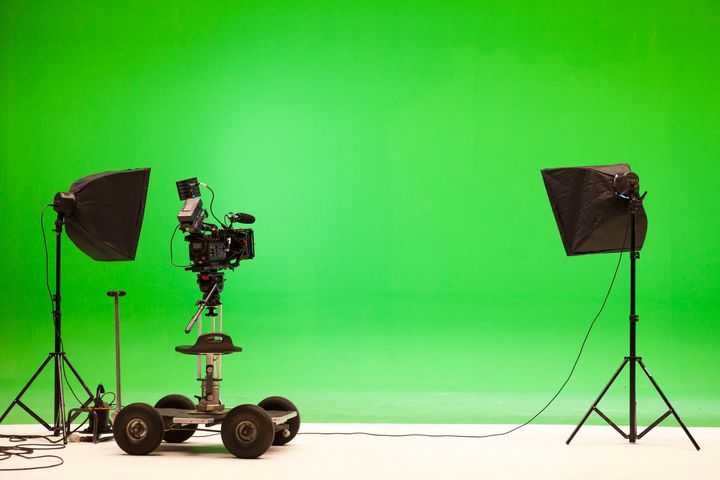
I don’t want to spoil the magic for you but in film and TV, a lot of the chaotic scenes that you see in say, Marvel films, are actually not real and instead created by CGI and placed onto a green screen.
So is the weather during weather reports, which is a little less dramatic, but those moving maps are actually placed onto a screen.
Jokes aside, green screens have long been an essential part of film and TV and in a recent episode of The Rest Is Entertainment, Richard Osman and Marina Hyde discussed why they have to be that luminous shade.
Why green screens have to be green
When presented with the question of why green screens are green, Marina Hyde said: “Green screens are also sometimes blue, and there are also blue and green screens.”
The journalist went on to explain that green is used most frequently as it’s the least present colour in skin tones, so it’s the least likely to ‘mess around’ with the appearance of the people in front of it.
However, she added, if you’ve got a bit of physical set in front of the screen, or if there’s a bit of green in the costumes, you’re going to want a blue screen.
Why blue screen would be used instead of green screen
On their website, Studio Binder explained: “The most crucial reason to switch from blue screen vs green screen or vice versa would be when a color matching the particular screen is present within the shot.
“If green is present in the area you plan to mask out, such as a green costume, green foliage, or a simple green prop, then you will be much better off using blue screen special effects when capturing the footage.”